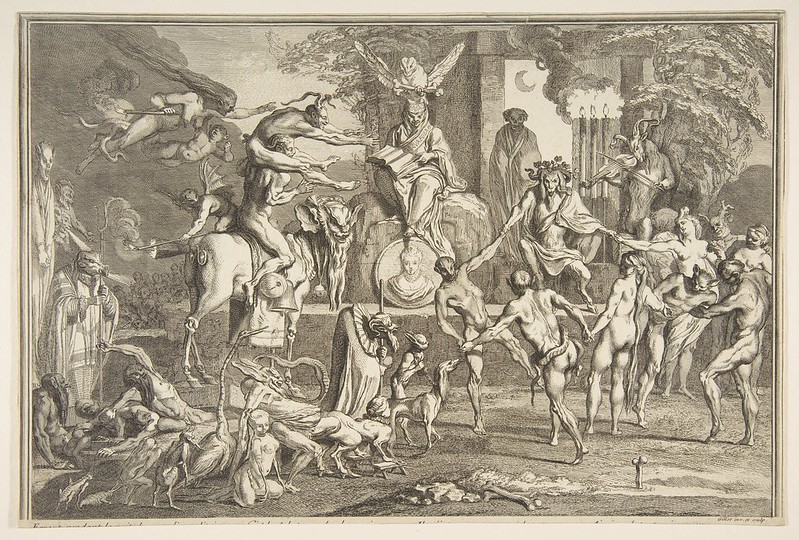 Wandering at Night
Wandering at Night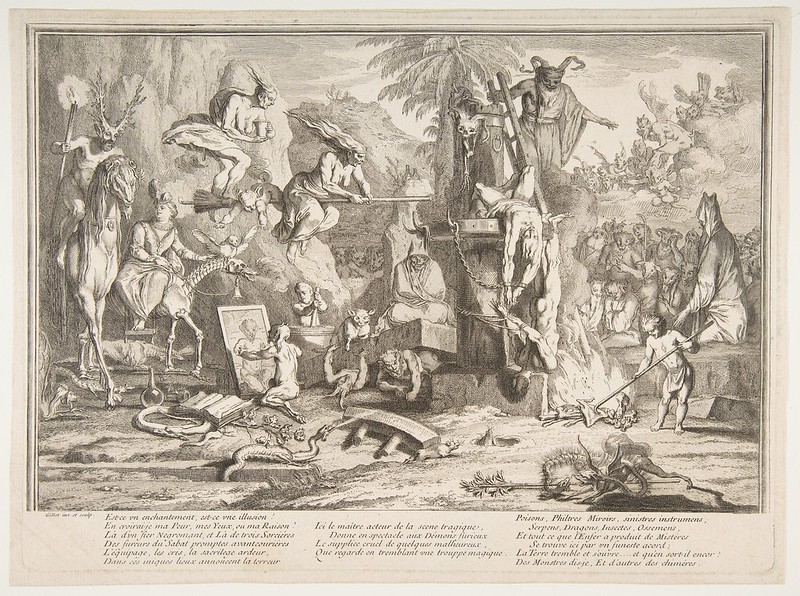 Is It an Enchantment
Is It an Enchantment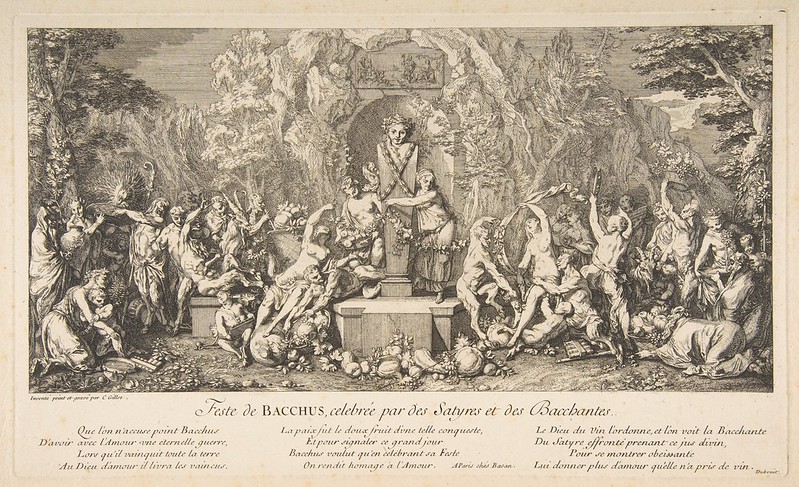 The Feast of Bacchus
The Feast of Bacchus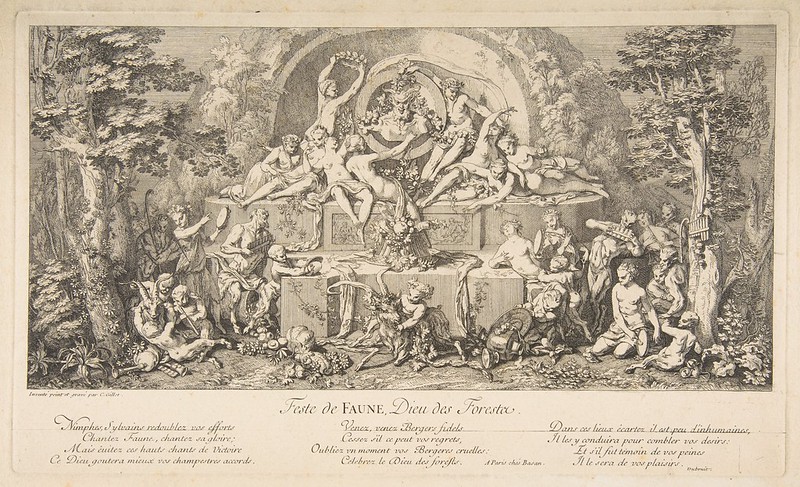 Feast of Pan
Feast of Pan Feast of Diana
Feast of Diana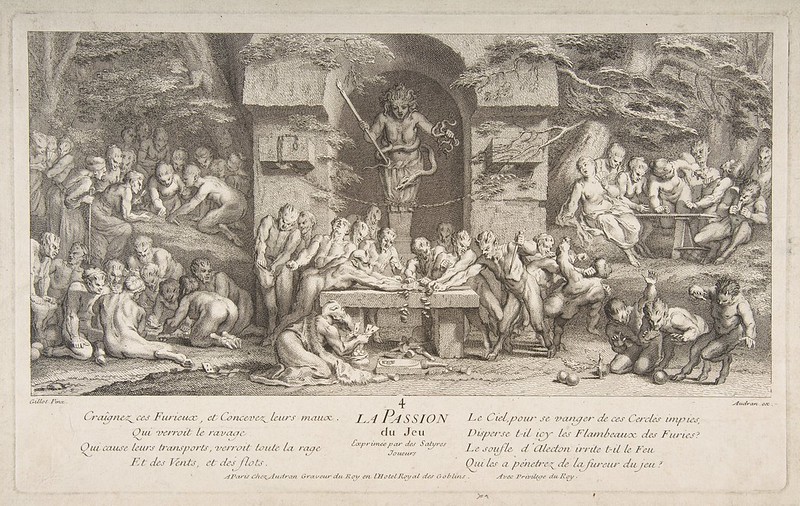 Passion for Gambling
Passion for Gambling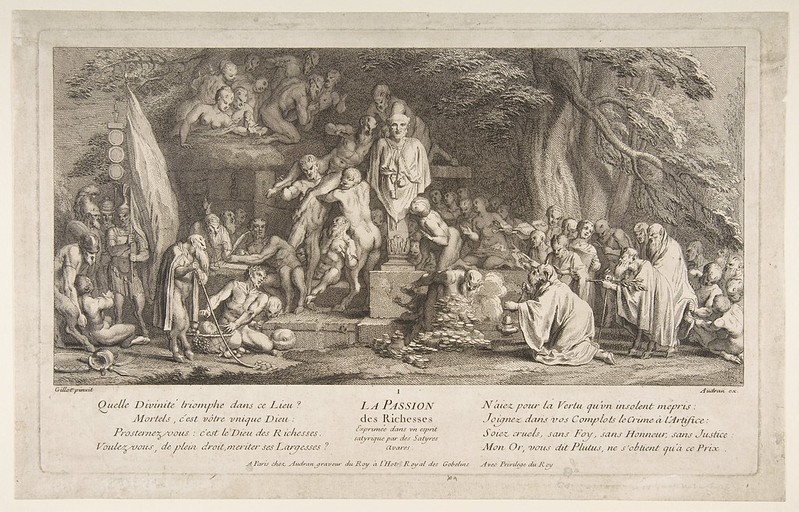 Passion for Wealth
Passion for Wealth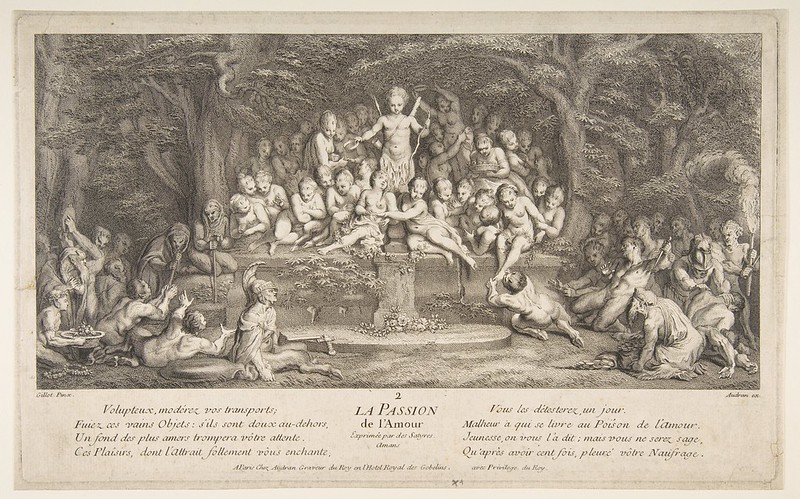 Passion for Love
Passion for Love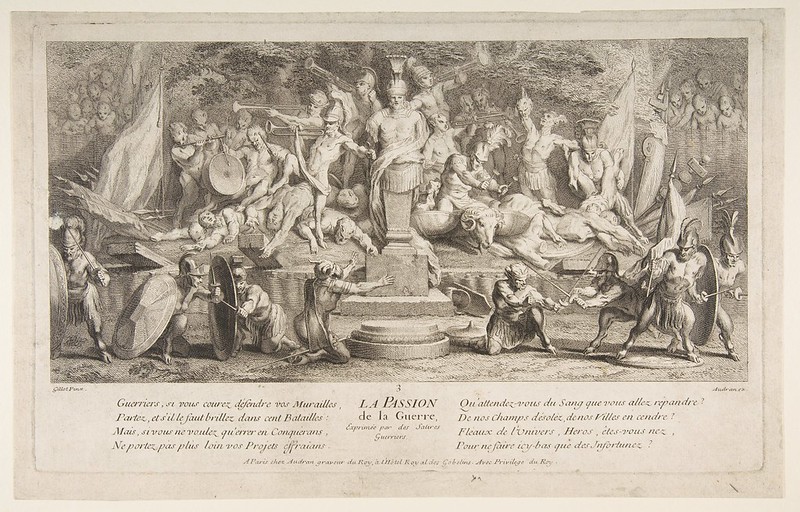 Passion for War
Passion for War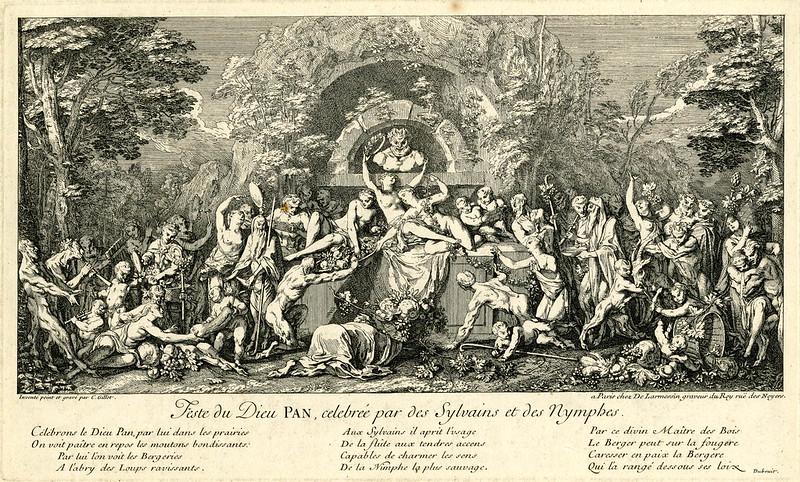 Festival of the God Pan
Festival of the God Pan  The Birth
The Birth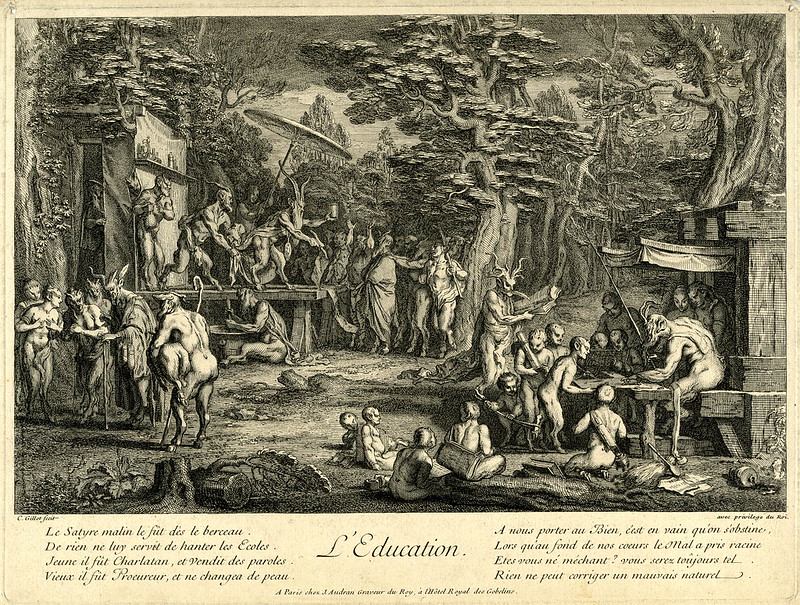 The Education
The Education The Marriage
The Marriage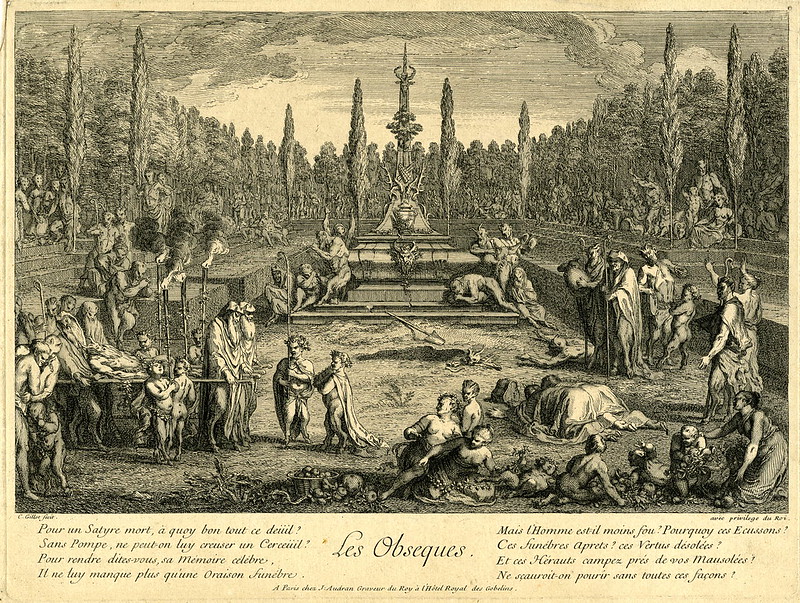 The Funeral
The Funeral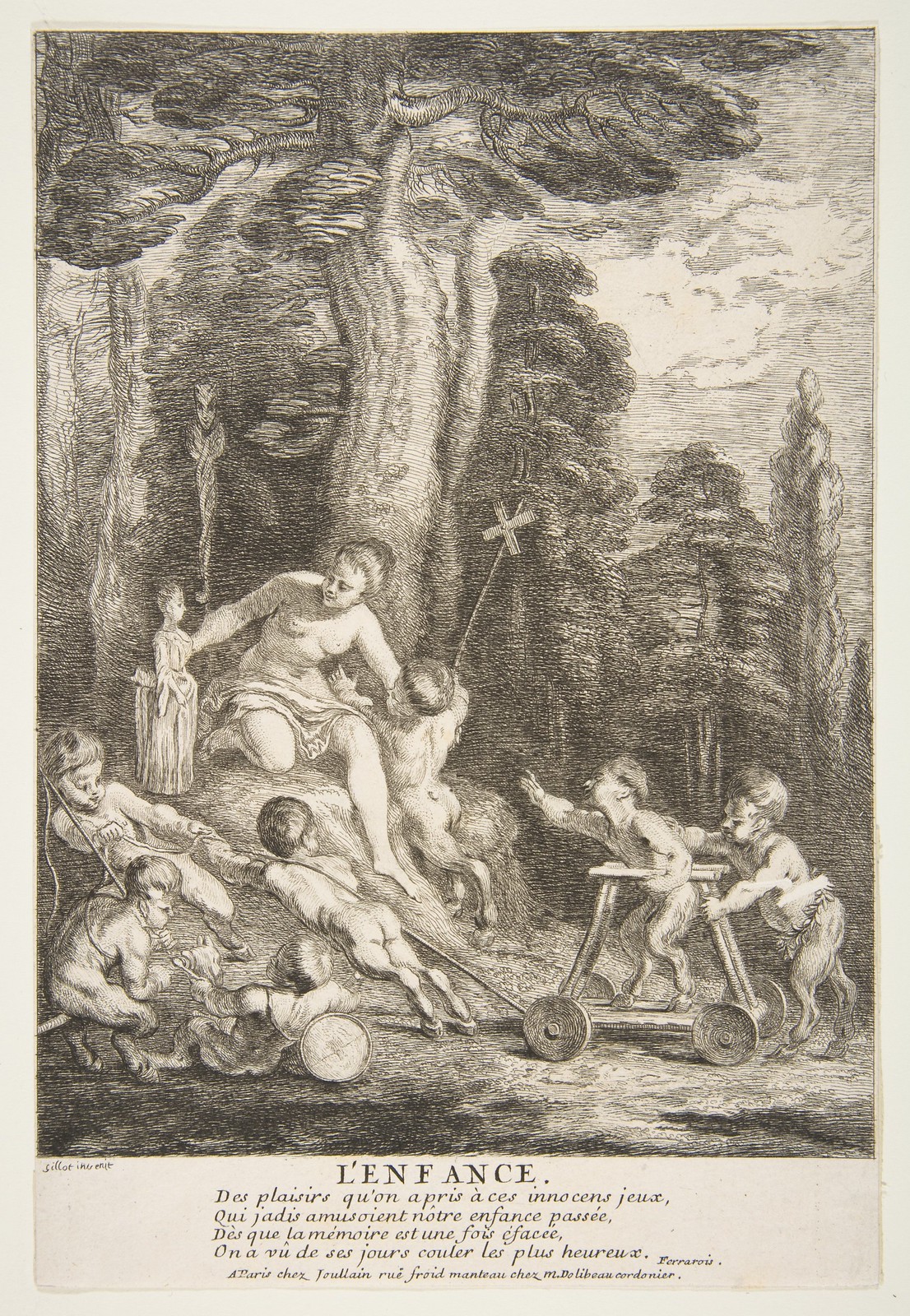 Adolescence (engraved by Jean Audran)
Adolescence (engraved by Jean Audran)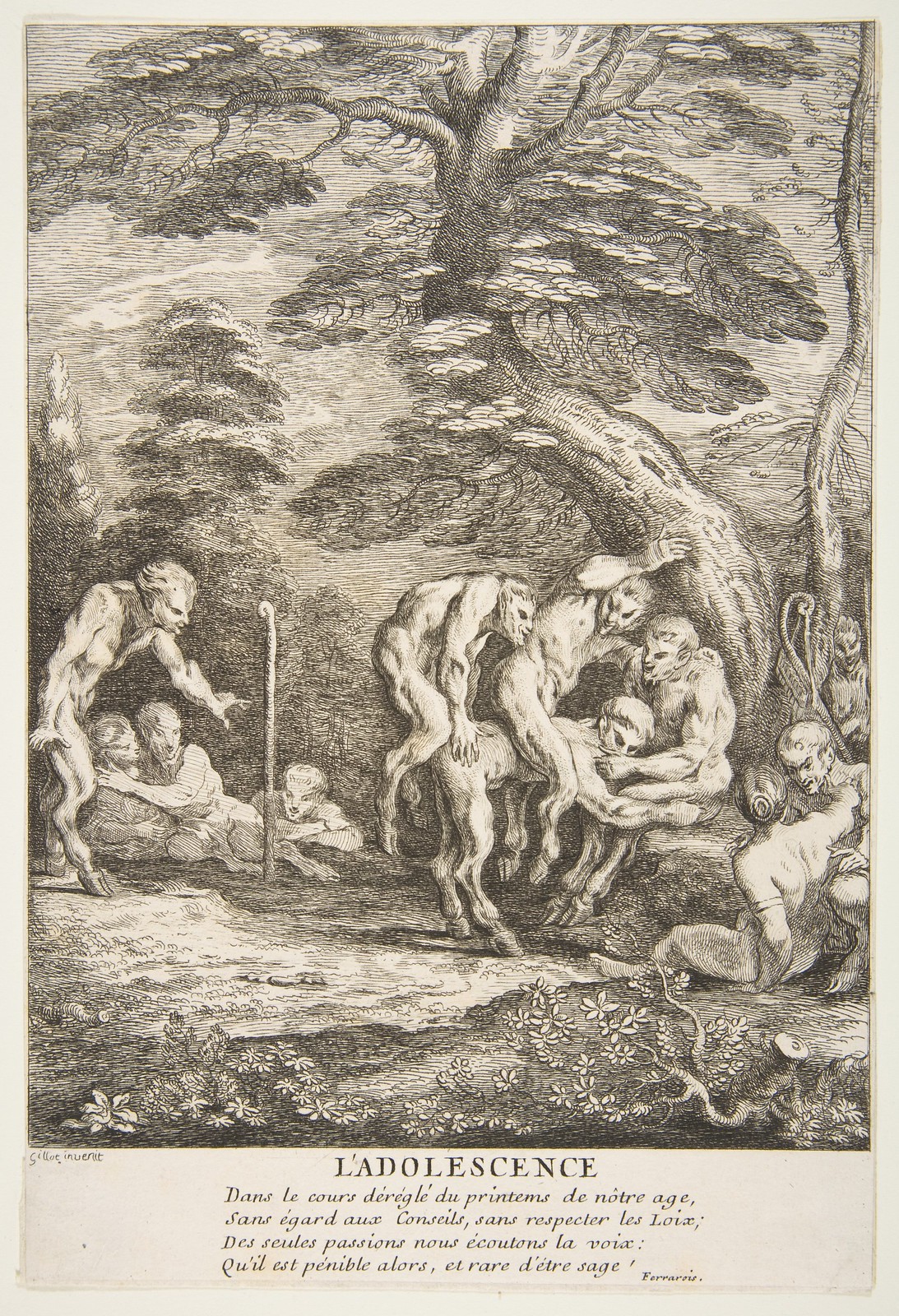 Youth (engraved by Jean Audran)
Youth (engraved by Jean Audran)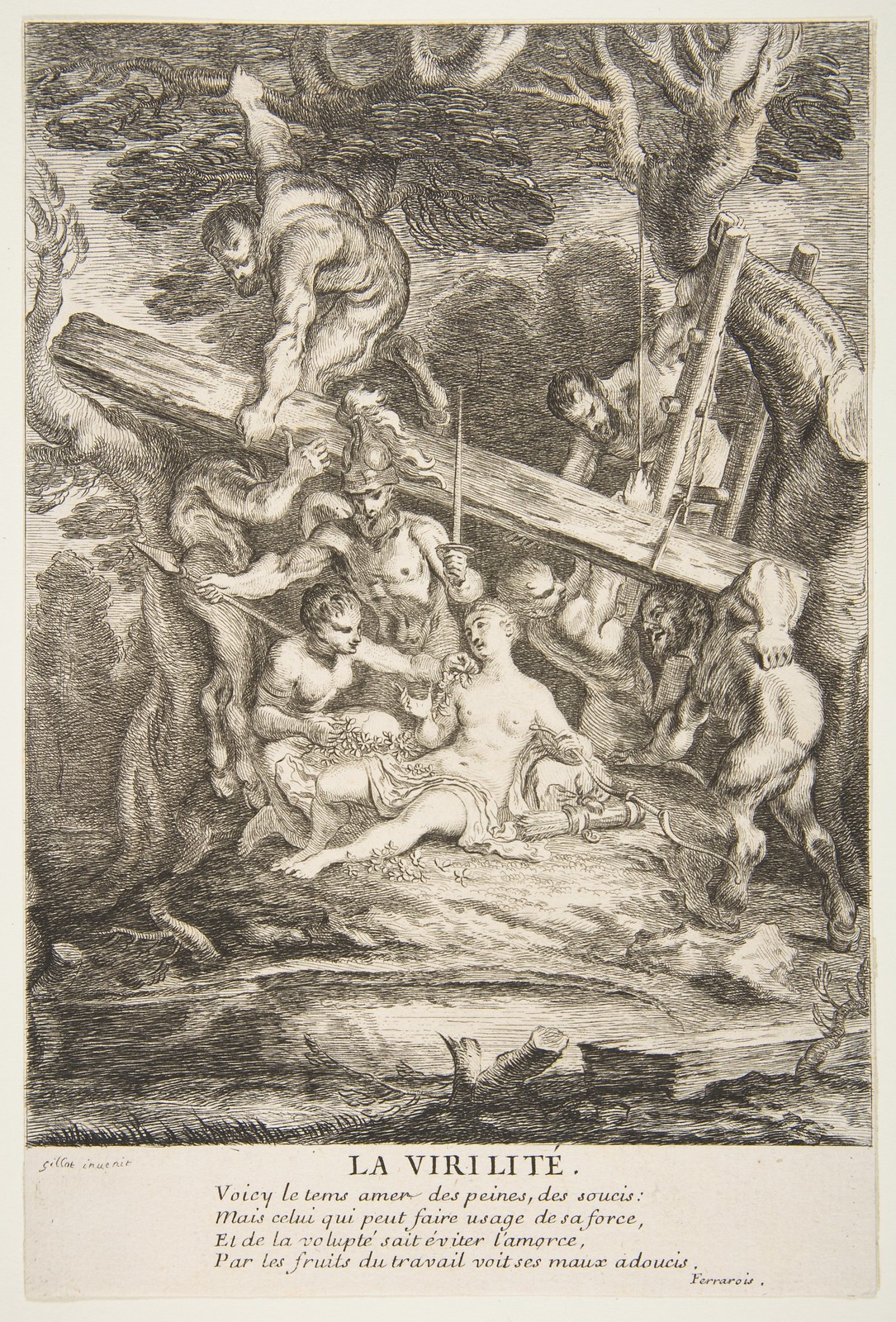 Manhood (engraved by Francois Joullain)
Manhood (engraved by Francois Joullain)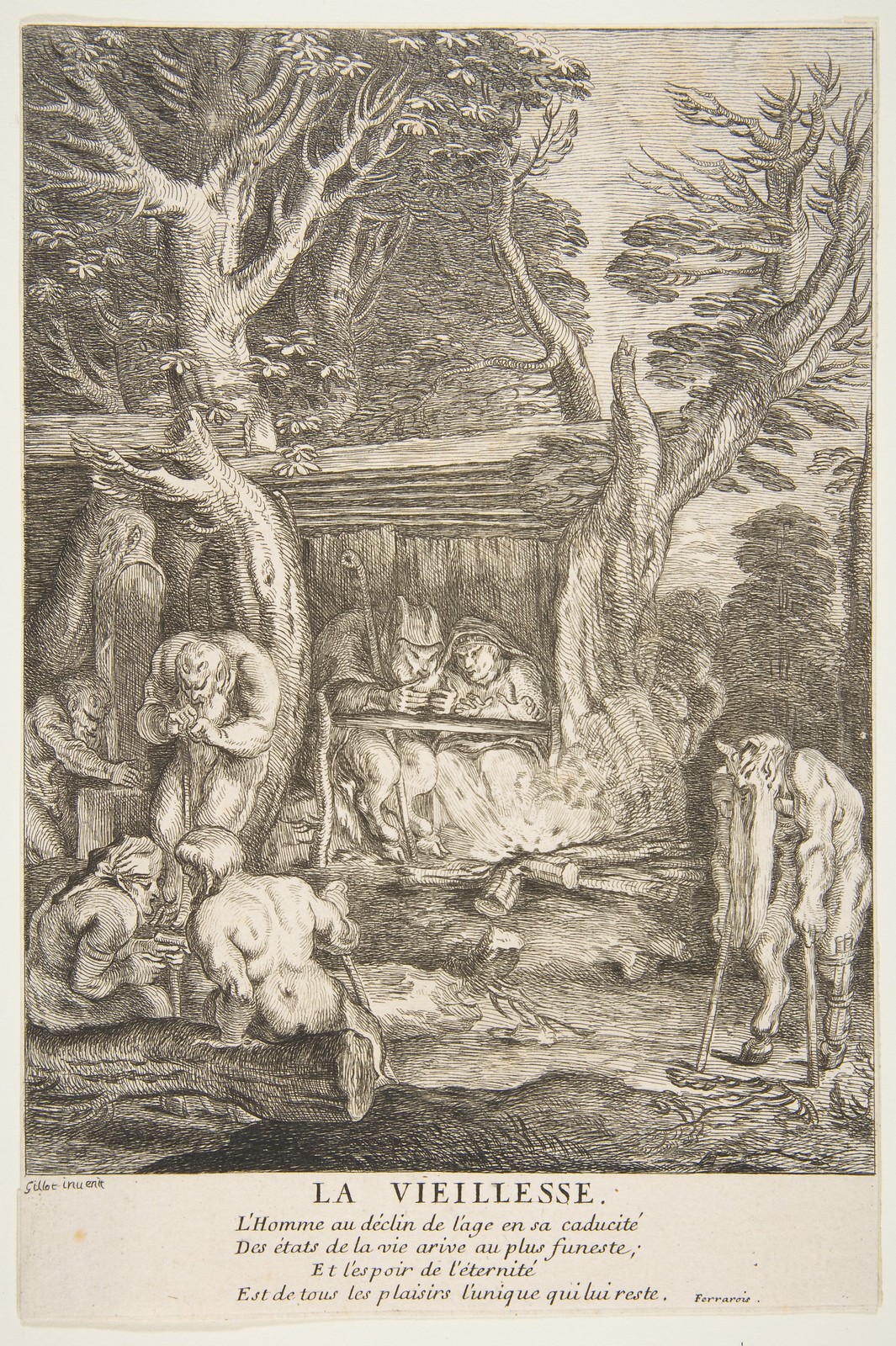 Old Age (engraved by Francois Joullain)
Old Age (engraved by Francois Joullain)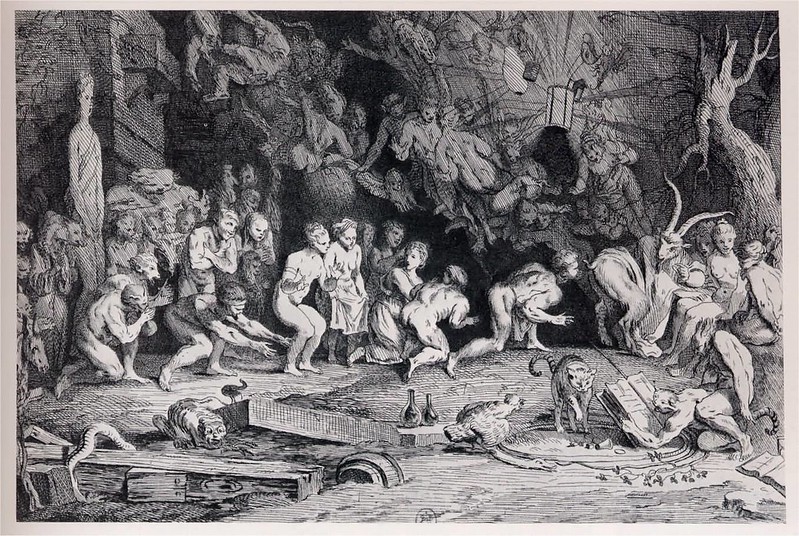 Witches' Sabbath
Witches' Sabbath The Witches' Sabbath
The Witches' Sabbath The Witches Sabbath (detail)
The Witches Sabbath (detail)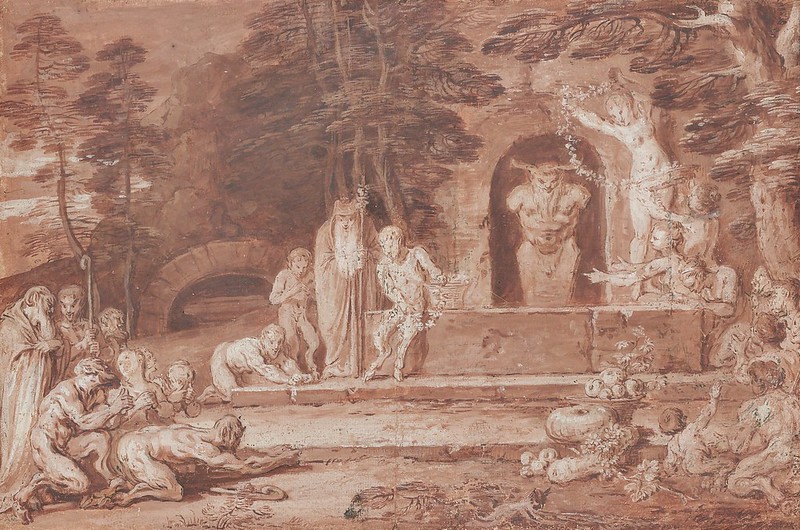 Feast of the God Pan
Feast of the God Pan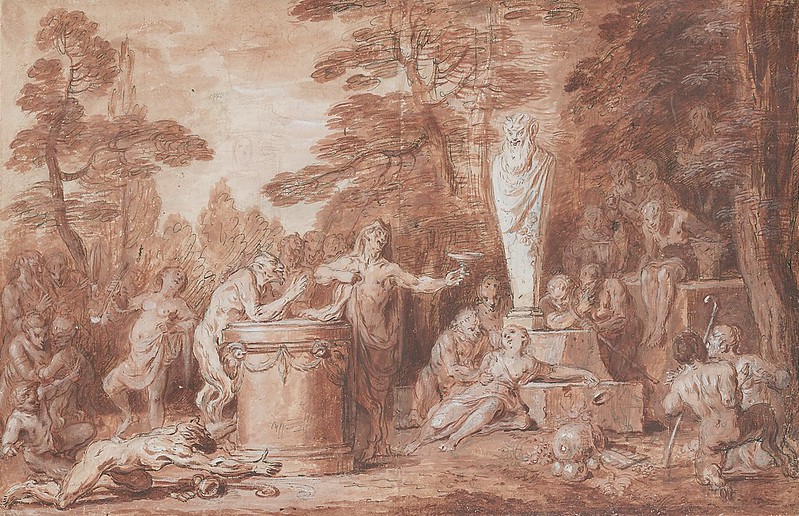 Celebration in Honor of the God Pan
Celebration in Honor of the God Pan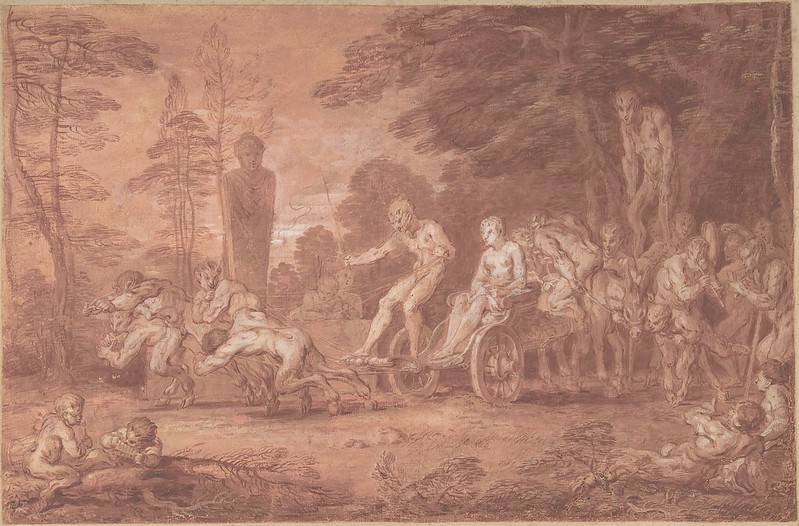 The Stalled Procession
The Stalled Procession Adolescence (study)
Adolescence (study)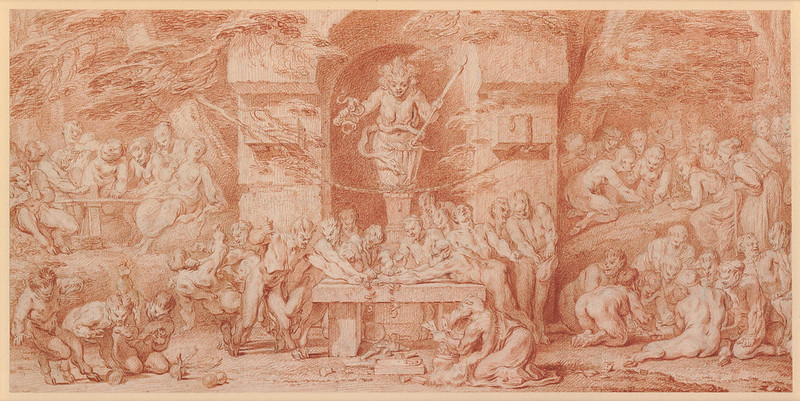 Passion for Gambling (study)
Passion for Gambling (study)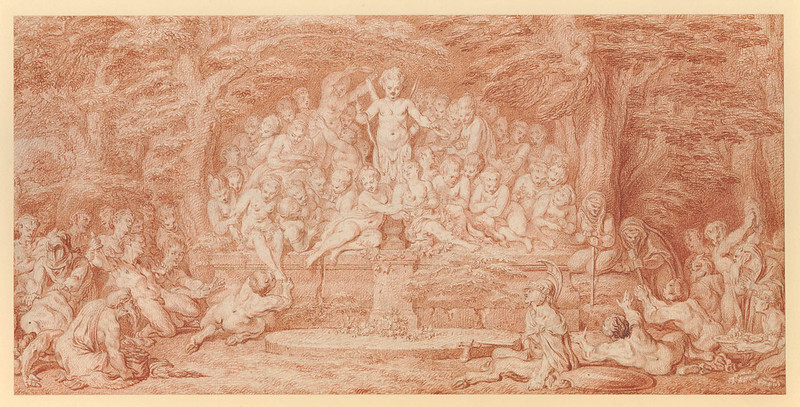 Passion for Love (study)
Passion for Love (study)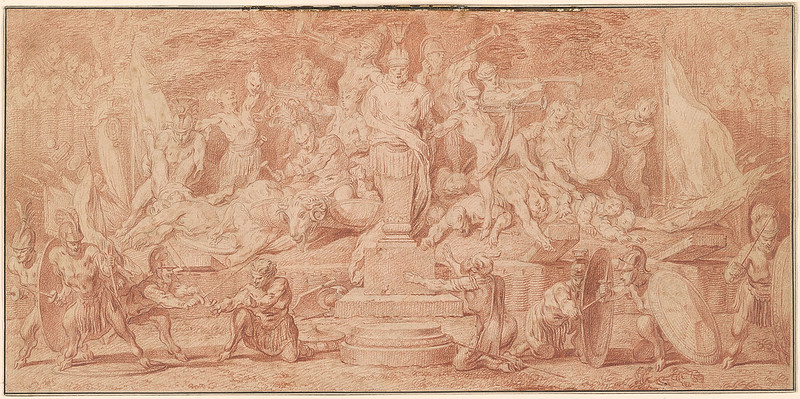 The Passion for War (study)
The Passion for War (study)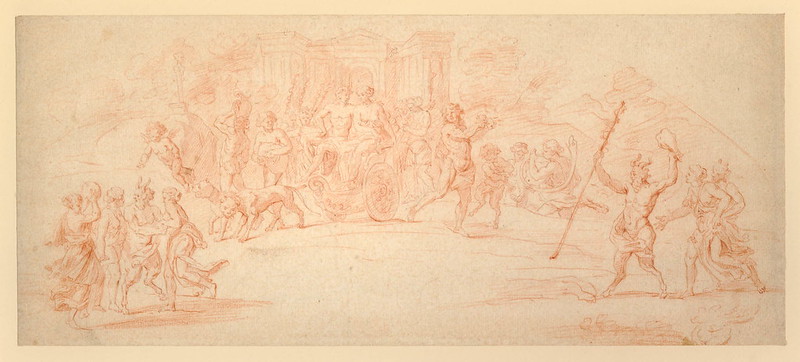 Mythological Scene
Mythological Scene Scene of Sorcery
Scene of Sorcery"Claude Gillot was instrumental in putting the wit back into French art. With novel subject matter and a spontaneous decorative style, Gillot foreshadowed the Rococo and helped to free French painting from the academic conventions imposed by Charles LeBrun. Moreover, Gillot pursued his career in the margins, beyond court taste and royal patronage, maintaining individualism and reviving the sly spirit of Jacques Callot. Gillot's first teacher was probably his father, a painter and embroiderer. He learned to paint and etch in academic painter Jean-Baptiste Corneille's Paris studio. Gillot entered the Académie Royale in 1715 but made his living as a decorator and painter of arabesques. He also designed book illustrations, tapestry cartoons, and sets and costumes for the opera. The popular theater was Gillot's greatest artistic inspiration, particularly the commedia dell'arte, and he showed that fiction could be as true as reality. His paintings are rare, for after about 1709 he devoted himself entirely to drawing and engraving, working in a nervous, mannered spirit.
Gillot's contemporaries recognized his role in developing the fête galante, which was brought to maturity by his famous student Jean-Antoine Watteau. Despite this recognition, Gillot died impoverished and unappreciateded." - quote source
Artworks found at The Metropolitan Museum of Art and The British Museum.

No comments:
Post a Comment